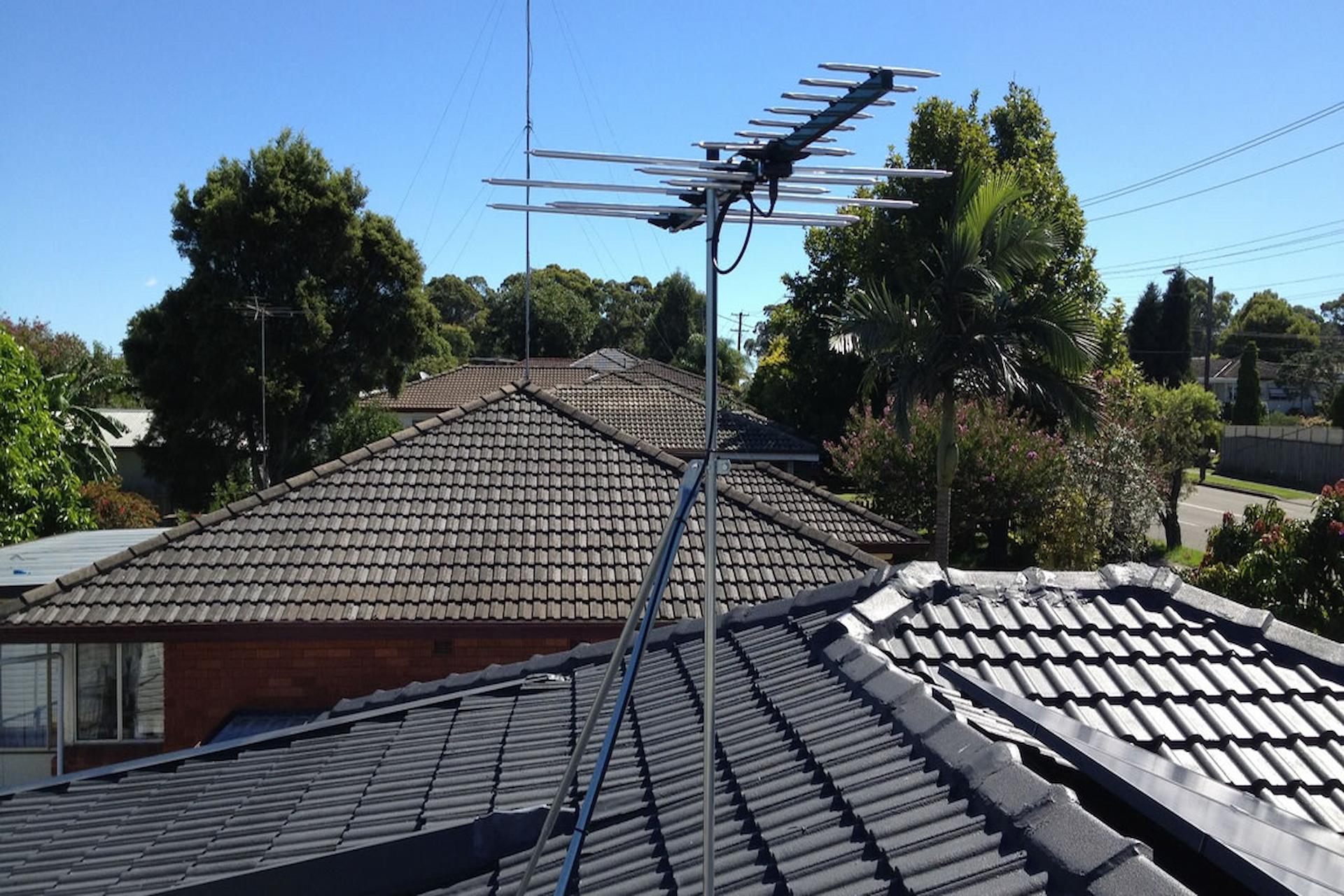In the past, TV antennas looked like rabbit ears protruding from the back of the family TV, but they have come a long way since then!
Are you thinking about getting a new TV aerial? If so, here are five things that you need to know about modern TV antennas.
You don’t have to pay for all content
According to Time, adverts made up 14 minutes and 15 seconds of every hour of TV in 2013, and the number has risen slightly since then. Adverts make up a big part of TV, and this pays for some of the content that you watch so you don’t have to pay for all TV content. Free content normally includes local news and weather, as well as some movies and sports games.
Broadcast signals are one of the best options
You can choose between cable, satellite and broadcast signals, and many people choose to go with broadcast because there are no subscription fees and the picture quality tends to be better.
If you are looking for a company that specialises in Gloucester TV aerial installation, check out options like steveunettaerials.co.uk.
There is more than one kind of channel
There are channels and sub-channels. Every broadcasting station sends out a signal on a certain frequency; each frequency is a channel. However, the frequencies will also supply lots of sub-channels. For example, if a frequency is broadcast as channel 4, it will appear on your TV as 4.1, 4.2, 4.3 and so on.
From wearable devices to smart appliances, more products than ever before make use of wireless internet access to offer advanced functions. By shrinking antennas via this fresh approach proposed by researchers, a whole world of new possibilities opens up.
You can use a broadcast signal to unlock more local channels
Cable and satellite offer a wide range of channels, but you cannot get every single channel with just cable or satellite. If you get a broadcast signal, you will be able to access the majority of channels, including local broadcasting and regional programming. Of course, if you want to be able to watch certain shows, you will need to get a specialist service such as Netflix or Hulu.
Most people refer to their digital TV antennas as HDTV or HD antennas
There are a few different kinds of digital TV antennas, although most people just call them HDTV or HD antennas. All digital antennas actually get the same sound and image quality, so there isn’t too much of a difference between the options.


